November 15, 2004
Lords Bridge

Richard Saunders, Martha Fleming, Jon Zwart and the author (as a shadow).
Somewhere outside Cambridge there lie acres of fields, from which, among the trees and grass, spring dishes, arrays of wires and outbuildings. For the archeologist of radio astronomy here exists the spectrum of its history, from miles of wires atop beanpole trellis to state of the art interferometers.
Richard Saunders and Jon Zwart guided myself and Martha Fleming (my "doppleganger" in Cambridge, artist in residence in their Astrophysics dept) through the unfolding landscape of Lords Bridge ; The Nine Acre Array - sheep grazing underneath a lattice of wires which once upon a time discovered the first pulsars, 4C - an avenue of iron rigging, crumbling beauty, unstrung and rusting in retirement, superseded by the dish and interferometer telescopes, perched on wide railway tracks.
There's an amazing beauty in these early telescopes, something reminiscent of galleons and a golden age of exploration in the maze of wires, chains and masts. The miles of wires formed the equivalent of a radio dish, cunning use of phase and restricted physical movement aligning them to all points of the universe.
Moving up the evolutionary chain we moved onto the early interferometers, their bowls pointing straight up, switched off, home to birds and leaves and dust, ending up in the unfinished realm of AMI, the latest offspring of Lords Bridge, built to survey the sky for imprints of galaxies on the microwave background.

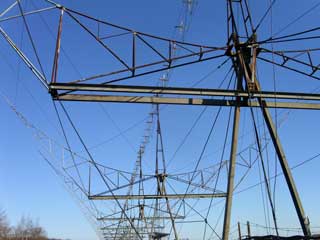


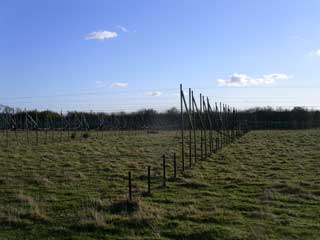
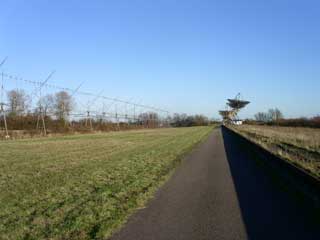

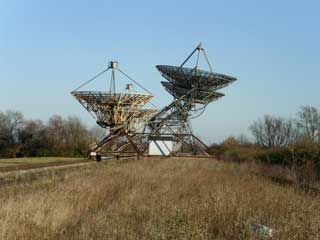

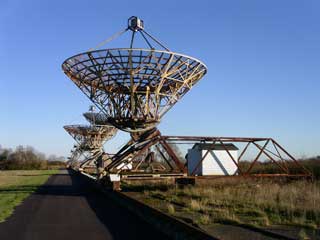


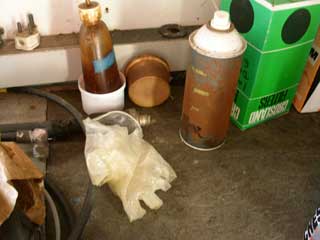
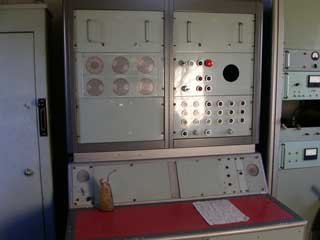
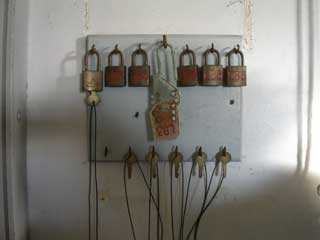

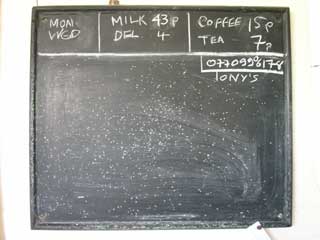
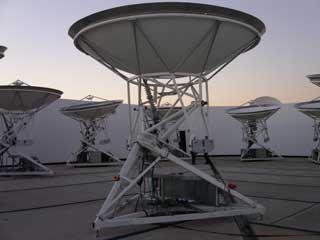

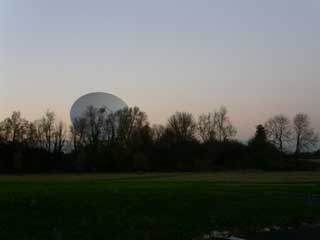

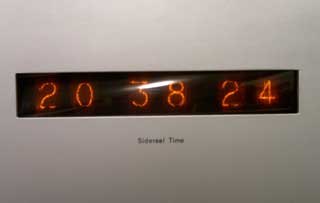
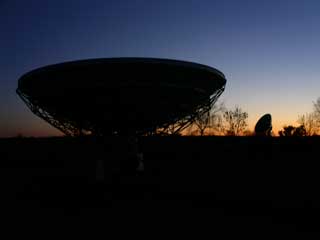
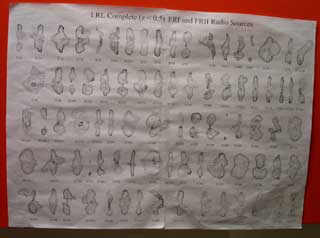
(Jons photographs can be found here)